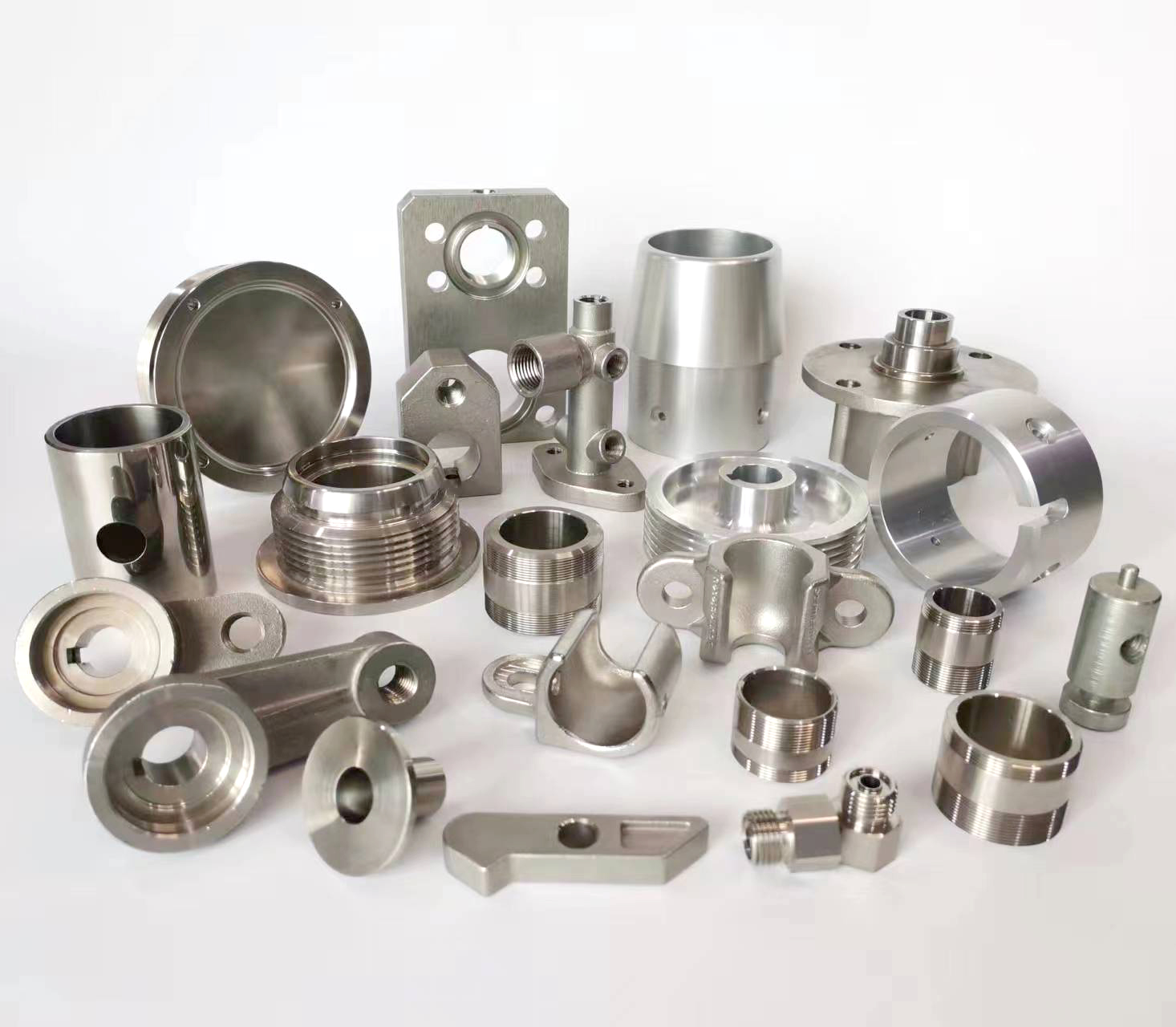
Choosing the right stainless steel grade involves evaluating several factors to match the material’s properties with your application’s requirements. Here’s a structured approach to guide your decision:
1. Assess the Environment
Corrosion Resistance:
304 (A2): Good for general use (indoor, mild chemicals). Contains 18% Cr, 8% Ni.
316 (A4): Enhanced with 2-3% Mo for resistance to chlorides and marine environments. Ideal for coastal or chemical exposure.
430: Lower Cr (16%), no Ni; economical for dry, indoor uses but less corrosion-resistant.
Temperature:
310S: High-temperature resistance (furnaces, exhaust systems).
316/304: Suitable for moderate temperatures.
2. Mechanical and Physical Requirements
Strength and Hardness:
17-4 PH (Precipitation Hardening): High strength for aerospace or high-stress parts.
Duplex 2205: Combines strength and corrosion resistance for industrial applications.
Martensitic Grades (e.g., 440C): High hardness for cutlery or bearings.
Magnetism:
Ferritic (430) and Martensitic (410): Magnetic; austenitic (304, 316) are non-magnetic unless cold-worked.
3. Fabrication Needs
Welding/Machining:
Austenitic (304, 316): Easily welded and formed.
Ferritic (430): Less ductile; harder to weld.
Martensitic (410): Requires post-weld heat treatment.
4. Industry Standards & Compliance
Medical/Food: 316 often meets FDA/ISO standards for hygiene and sterilization.
Construction: Check ASTM standards for structural integrity.
5. Aesthetic and Finish
Architectural Use: Polished 304/316 for a lasting shine; 430 for cost-effective finishes in low-corrosion areas.
6. Cost Considerations
Budget vs. Performance: 304 is cost-effective for general use; upgrade to 316 only if necessary (e.g., saltwater exposure).
7. Common Applications
Kitchen Sinks: 304 (standard), 316 (marine).
Medical Tools: 316 for corrosion resistance.
Automotive Exhausts: 409/436 (ferritic) for heat resistance.
8. Consultation & Testing
Prototype Testing: Validate performance in real conditions.
Supplier Advice: Leverage expertise for niche applications.
Final Tip: Balance performance needs with budget. When in doubt, consult a materials engineer or supplier to avoid over- or under-specifying.





